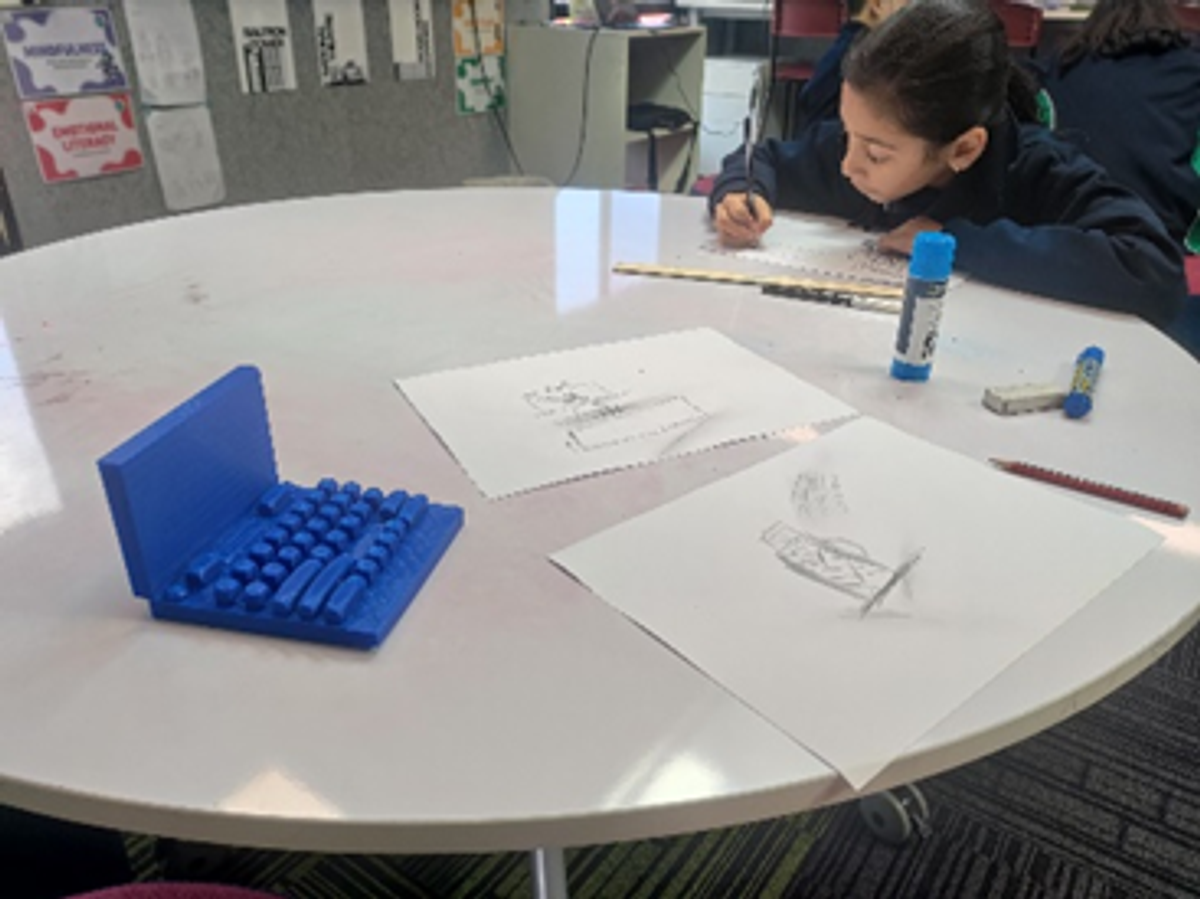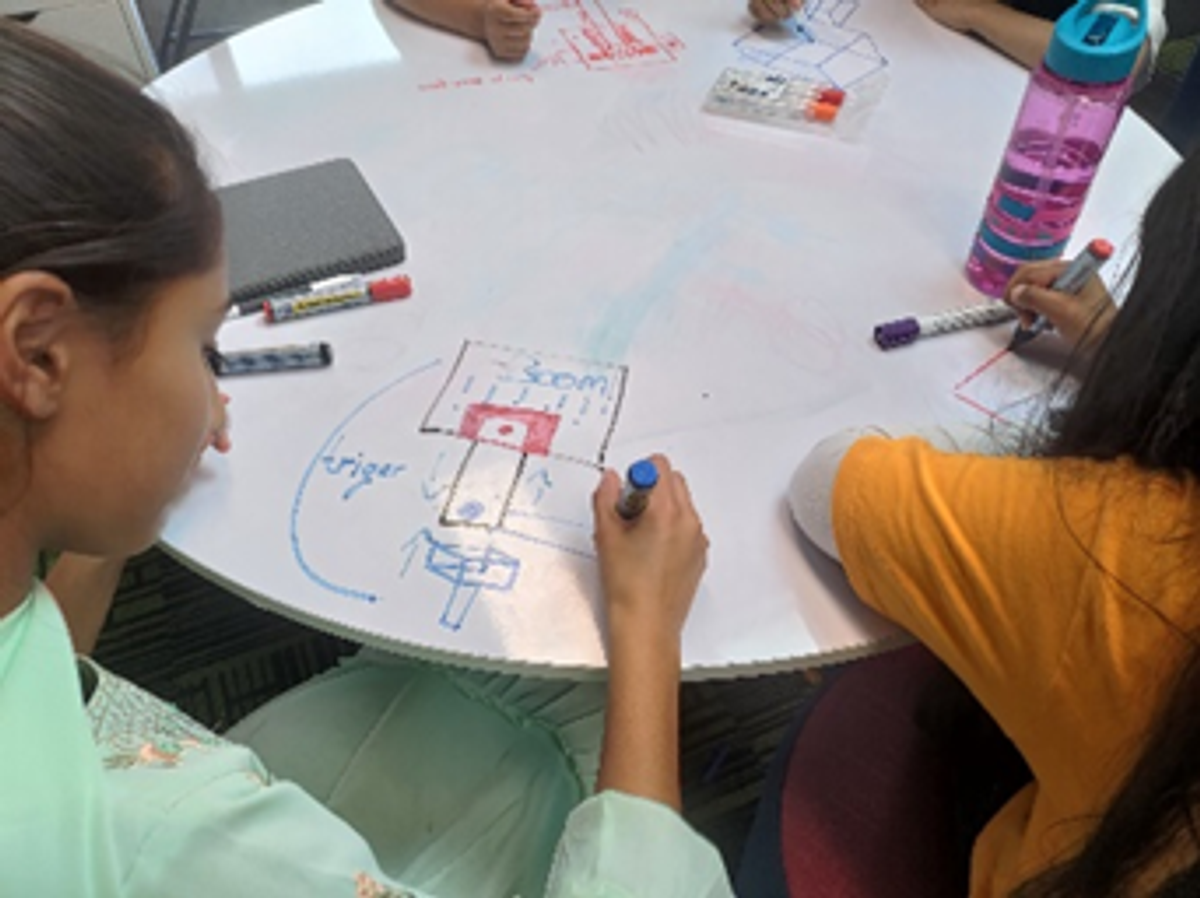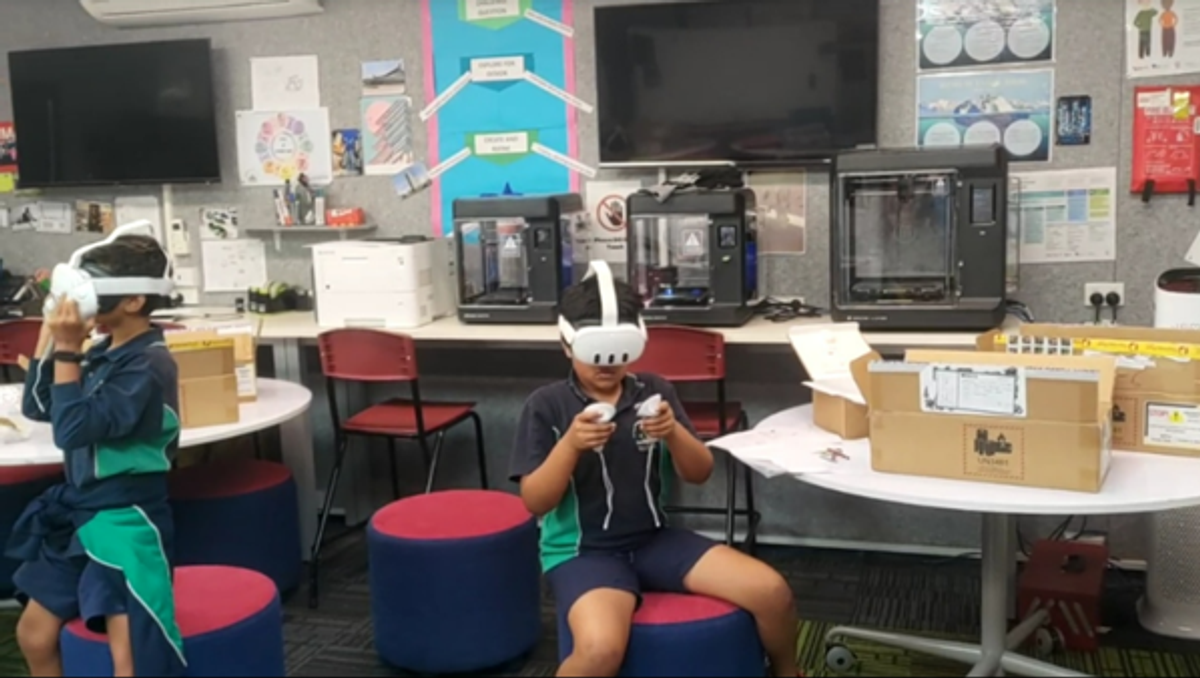STEAM & Virtual Design
By Mr Lachlan Soo

STEAM & Virtual Design
By Mr Lachlan Soo
| Level 1 |
In Year 1 STEAM, learners will conduct multiple experiments, each designed to give them a taste of a different field of science or engineering. To start the term, students will learn about what is needed for a plant to grow and thrive, before planting their own beans and observing the changes they undergo as they make the transformation from seed to sapling to plant. Next comes an opportunity for learners to develop their engineering minds within a literary setting via ‘storybook engineering’ - wherein engineering solutions will be devised for problems faced in fairy tales and folklore such as the houses of the Three Little Pigs, or the story of Jack and the Beanstalk.
|
| Level 2 |
Year 2 STEAM offers students a chance to engage with several different branches of engineering and science. Learners will first dive into the world of forces and aerospace engineering. Gravity will be the focus as students cooperate to produce a model able to protect an egg from a 5m fall. Up next will be an exploration into the science of ecology, with students tasked to create a miniature habitat for an animal of their choice à la zoos and nature reserves. Finally, Term 2 will conclude with learners embarking on an engineering challenge, in which they will research a current global issue and use everything they have learnt this semester to devise a potential way to address that issue.
|
| Level 3 |
Year 3 STEAM allows learners to examine the key principles of design, both for the interior and the exterior. To start the term, students will explore the world of product and industrial design. They will learn how to balance the demands of the practical and the aesthetic, learn techniques used by product designers to sketch prototypes, consider the potential environmental impacts of several products and examine Dieter Rams’ 10 principles of good design before using those principles to create their very own product. The second half of the term will be dedicated toward understanding how buildings are conceptualised and constructed, with students to research, design and build (with the help of a 3D printer) their very own building.
|
| Level 4 |
This term in Year 4 STEAM, learners will have the opportunity to explore the way humans harness both renewable and non-renewable resources, looking at the pros and cons of both forms of energy generation. They will then inquire into the different ways to generate energy in the form of an engineering challenge, in which they will cooperate within groups to create an energy solution of their own. To round off the term, the Year 4 class will look at how products are designed and created, with a particular focus on the inner workings of electronics. To aid them in product design, students will explore the unique design culture of both Europe and Asia, allowing them to fully appreciate the breadth of knowledge and skill it takes to create a phone or computer.
|
| Level 5 |
Future living is the main focus of Year 5 STEAM this term. Students will examine how post-war cities experienced and dealt with population explosions and how Melbourne is currently dealing with housing more than 5 million souls. They will then use this knowledge to create ‘the ideal living space of the future’, a challenge reminiscent of 50s futurism and Walt Disney’s Epcot. Looking at both architecture, city planning and sustainable development, students will gain a comprehensive knowledge of what the urban space looked like before, what it looks like now and what it could potentially look like in the future.
|
| Level 6 |
| Two fields of engineering are the focus of Year 6 STEAM this term. First, students will explore the inner workings of cars, learning the thought process that goes into designing engines, induction systems and transmissions, before using that knowledge to attempt to solve a problem that is still present in the automotive industry. Next, students will come to understand how cities are planned and designed, using no less than six case studies to take inspiration from before planning their own city. Will they look to the Antipodean sisters of Melbourne and Sydney, the concrete jungles of New York and Chicago, or attempt to find urban solace in the Asian tigers of Hong Kong and Tokyo? |






















Virtual Design |
| Level 4 |
It’s a double header event for the students in Year 4 Virtual Design. To start the term off, they will not only investigate the design features common in all cars, ranging from headlights to exhausts, but will also learn about the unique design philosophies of some of the major automotive nations. Then, they must choose between or combine the uncompromising technological perfection of the Germans, the pure, unadulterated speed of the Italians or the lightness and reliability Japanese engineering strives for into their own car, which will be designed within the 3D space of Virtual Reality. The second half of the term will be an exploration into character design, with students creating their very own mascot.
|
| Level 5 |
Students are in for a unique and in-depth experience for Year 5 Virtual Design. The first part of the term starts with an investigation into different fictional worlds, the elements their designers had to consider and the concept art that brought those worlds to life. Film, TV and video games will all be analysed as students assemble their own fictional world, both on the page in the form of traditionally drawn concept art, and on the screen in the form of 3D art made possible by Virtual Reality software. The second half of the term will look at interior design, both in terms of the individual pieces of furniture that make up a room, as well as the overall aesthetic layout of the room itself.
|
| Level 6 |
In Year 6 Virtual Design, students will learn what makes up a brand's identity, before embarking on an investigation as to the techniques used in different advertisements. This will eventually culminate in the learners organising the rebrand of a fictional company, taking into account all aspects of a brand, such as the logo, the colour palette, the imagery and, of course, the products themselves. The second half of the term will surely be a much awaited feature for many students, for it offers the opportunity for students to learn more about the world of fashion and act as style consultants for potential clients, with the final designs to be completed in the world of virtual reality.
|







